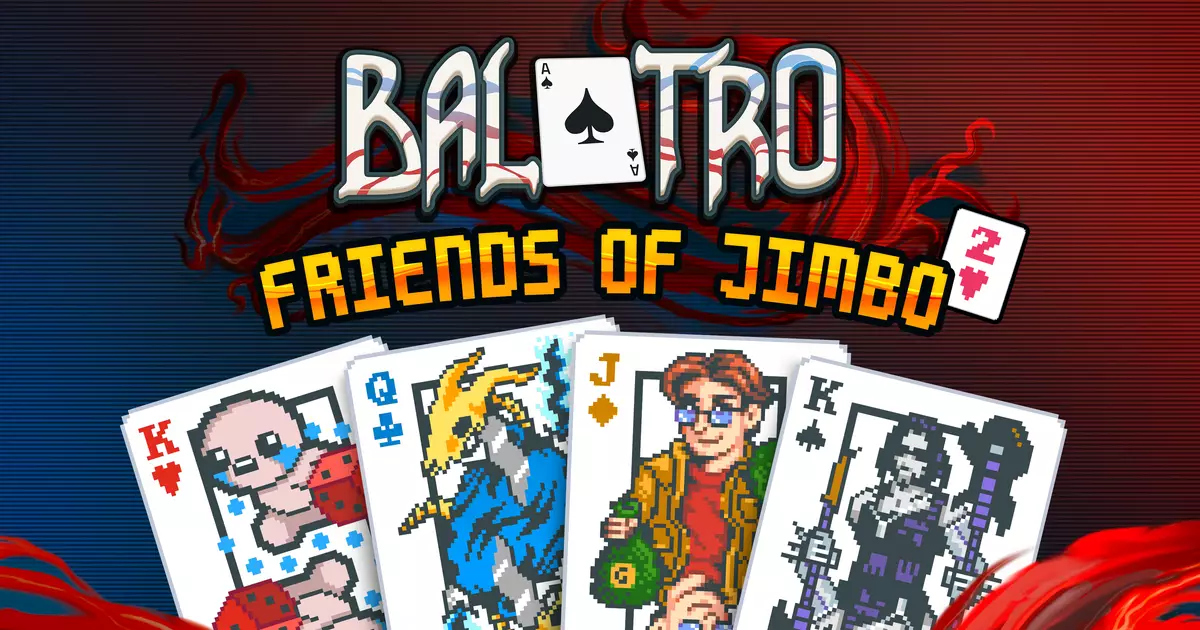My engagement with Balatro lasted just one hour before I made the decision to uninstall it. The game certainly offered a pleasant escape, but I recognized it for what it was—an enticing trap designed to keep players hooked. Perhaps some players are built to withstand such temptations; they might embrace the relentless pursuit of scores and achievements that seems to have found a new home within this digital playground. For those individuals, a recently released free update introduces themed card artwork inspired by popular titles such as Binding of Isaac, Cyberpunk 2077, Stardew Valley, and Slay The Spire. However, it’s essential to note that these additions are primarily cosmetic, merely skinning existing cards rather than adding new gameplay elements.
The update provides a “Customize Deck” feature, allowing players to switch between card arts effortlessly. Personally, the notion of customizing deck settings evokes a slight cringe; this functionality feels unnecessary for what I assume is ultimately a superficial enhancement. The very first update named Friends of Jimbo that was released back in August also extended similar card art based on a collection of other popular games including The Witcher 3, Dave The Diver, Vampire Survivors, and Among Us. So while Balatro seems to sprout updates aimed at enhancing visual aesthetics, one has to wonder—are they truly meaningful advancements or just clever marketing strategies?
Interestingly, while my interaction with Balatro was fleeting, the broader community’s reception appears more enthusiastic. Colleague Katharine, for instance, bestowed the game with a “Bestest Best” rating in her review. Her glowing remarks emphasized how Balatro thrives on the exhilarating mechanics of “making numbers go up,” framing it as a celebration of skill, learning, and tactical mastery. Yet, I found these claims puzzling. Is the joy of gameplay enough to mask the impending sense of addiction that tugs at players’ emotions?
Katharine argued that Balatro is not an exploitative experience but rather one that delights in the process of challenging its players, rewarding them for pushing boundaries and navigating difficult odds. She portrays it as an opportunity to engage with the mechanics on a visceral level, even claiming that players would feel cheated if they had to stop playing. This raises significant questions regarding the ethical implications of game design, particularly about the “too good to be true” allure of perpetual engagement. Is it possible that Balatro’s pleasures mask darker undertones?
For me, the temptation to dive deeper into Balatro was tempting but ultimately resisted. The game might be a jewel in the eyes of enthusiasts, but to others like myself, its allure serves as a reminder of the precarious balance between enjoyment and compulsion. While some will find joy in its enticing mechanics and updates, it’s crucial to remain vigilant against the potential traps that games like Balatro can present. After all, recognizing when to walk away is just as important as celebrating the high scores we chase.


Leave a Reply